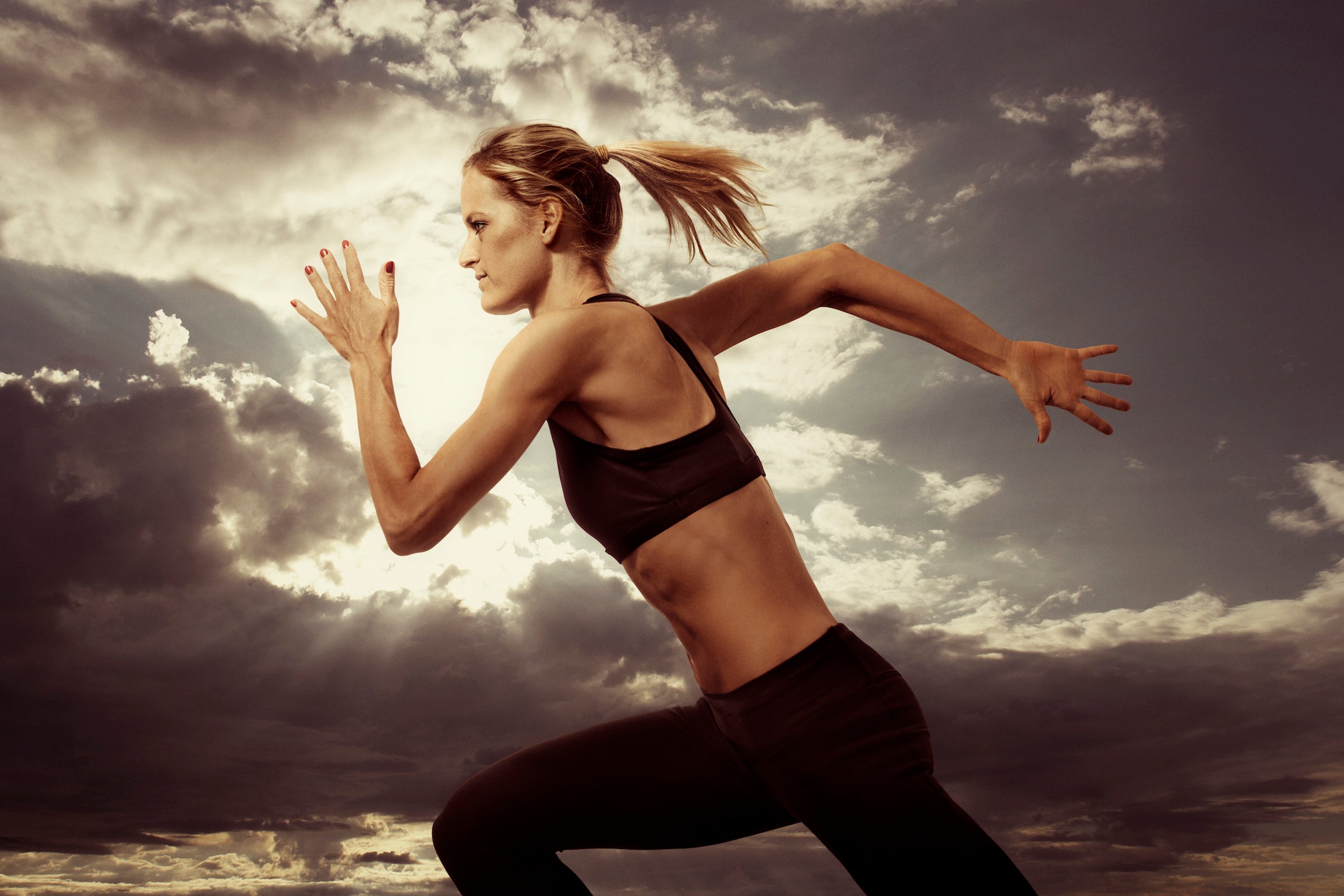What Is VO2 Max And How Can It Help Your Training?

VO2 max tests have become a great, accessible option for runners who wish to enhance their training. As runners, we use each benefit in our own way from various types of training and workouts. According to the head coach of the Fairfield Cross Country team and Clinical Exercise Physiologist, Brendan Rickert, says “having a better understanding of your VO2 max can be an essential key for taking your training to the next level.”
So what exactly is VO2 max?
First, let’s look at the term itself. “V” stands for “volume.” “O2” stands for “oxygen.” And “max,” of course, means “maximum.” Put together and given context, VO2 max refers to the maximum volume (amount) of oxygen your body can consume in a minute.
At rest, you don’t use anywhere near your V02 max. That’s because your aerobic energy demands are low. But as you begin exercising, your energy requirements increase. Your cardiovascular system transports more oxygen-rich blood to your capillaries, your muscle fibers extract more oxygen, and your mitochondria use that oxygen to create a greater supply of aerobic energy. But this process has an upper limit. Only so much oxygen can be transported, and only so much of the transported oxygen can be used to create energy. When your body reaches that limit, you’ve reached your V02 max.
Most runners, depending on their fitness levels, reach their V02 max at the fastest effort they can sustain for 5 to 7 laps on a track (2000 to 2800 meters). This means that any pace faster than V02 max (e.g., pace you can sustain for 800 meters or a mile) will require more energy than you can produce aerobically. You’ll require an increased percentage of energy from anaerobic sources. On the other hand, any pace slower than VO2 max (e.g., a 10K or marathon pace) can be fueled almost exclusively from aerobic energy. In fact, marathons are 99 percent aerobic! This pace or velocity—VO2 max—is an important predictor of running performance and often used as one parameter in designing workouts.
Why Does VO2 Max Matter?
A high VO2 max is closely correlated with distance-running performance. Research has shown that VO2 max accounts for roughly 70 percent of the variation in race performances among individual runners. As Matt Fitzgerald says, “If you are able to run a 5K one minute faster than I can, it is likely that your VO2 max is higher than mine by an amount that is sufficient to account for 42 seconds of that minute.”
Training typically improves V02 max in perviously untrained runners by about 20–25 percent, although the actual range can vary from negative improvements to well over 50 percent. In highly trained runners, VO2 max doesn’t change much with training—it’s already established. As an actual predictor of performance, VO2 max take a backseat to other factors, e.g., running economy, but it remains a valuable determinant of running potential.
As runners, we always want to improve. It’s in our nature to want to run the next race better than the last. Getting a VO2 max test done is a noninvasive, concrete way to aid your training and ultimately your performance. In Jack Daniels’ book Daniel’s Running Formula he claims, “It’s best to know and understand why you’re doing what you’re doing.” Having this basic knowledge about your body can help you to tailor your workout for maximum results. Rickert, who makes each of his athletes test for their VO2 max, says that it helps him to get a better sense of how to individualize their training and see what they are capable of. Since each runner responds to certain workouts in different ways, figuring out your VO2 max can help tailor their running schedules.